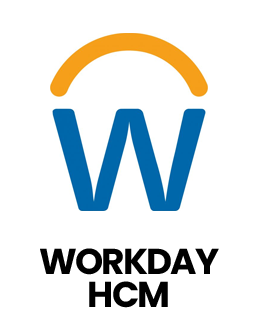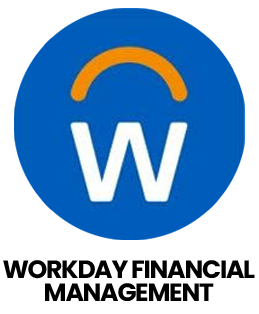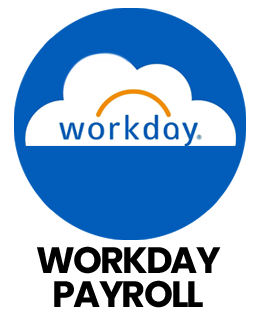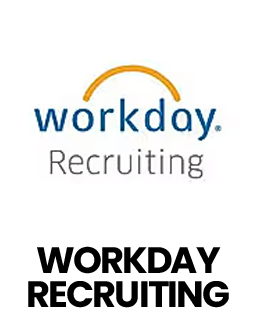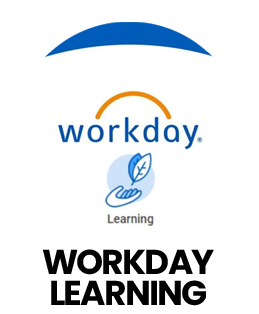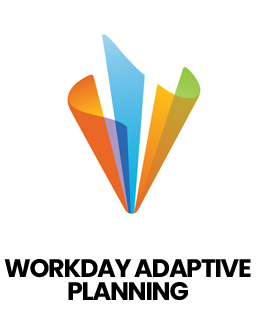1. What is Workday HCM?
Ans:
Workday HCM is a cloud-based platform for managing HR processes, payroll, talent and employee data. It streamlines HR operations, ensures data accuracy and enhances workforce management. Workday HCM allows organizations to automate workflows, track employee performance and maintain compliance with HR policies.
2. How do Core HCM and Talent Management differ?
Ans:
Core HCM manages employee information, organizational structures, payroll and benefits. Talent Management focuses on recruitment, performance, learning and succession planning. While Core HCM ensures accurate HR data, Talent Management develops and retains workforce potential. Together, they provide a complete HR management solution.
3. What is a Workday Tenant?
Ans:
A Workday Tenant is a secure, cloud-based environment for an organization to manage HR, payroll and financial data. It provides a dedicated space for configuration, testing and production operations. Tenants support data security, role-based access and integration with other enterprise systems.
4. What distinguishes an Employee Account from an Admin Account?
Ans:
Employee accounts provide standard access to personal HR, payroll or benefits information. Admin accounts have elevated permissions to configure modules, manage workflows and run reports. Admin accounts require stricter control, monitoring and approval to maintain system security and compliance.
5. What are Workday Security Groups and Roles?
Ans:
Security Groups define who can access specific Workday features or data, while Roles assign responsibilities to users. Together, they control visibility, permissions and workflows across the platform. Proper configuration ensures data protection and efficient HR operations.
6. What is a Business Process in Workday HCM?
Ans:
A Business Process is a defined workflow for HR actions like hiring, promotions, terminations or approvals. Business Processes automate tasks, enforce policies and provide notifications to users. They help standardize HR procedures and reduce manual errors.
7. What is the difference between a Tenant and a Domain?
Ans:
A Tenant is the overall Workday environment, while a Domain is a functional area within Workday, such as Payroll, Compensation or Recruiting. Domains organize related business processes and data, simplifying configuration and management within the tenant.
8. What does a Workday Policy accomplish?
Ans:
Policies in Workday define rules for access, approvals and HR actions like leave, payroll and performance reviews. They ensure consistency, compliance and proper governance across HR processes. Policies reduce errors and improve operational efficiency.
9. What is Workday Reporting?
Ans:
Workday Reporting allows administrators and managers to generate real-time reports and dashboards on HR data. Reports provide insights into employee performance, payroll and workforce analytics. They help decision-makers track trends, ensure compliance and optimize workforce management.
10. What distinguishes manual HR management from automated HR management in Workday?
Ans:
Manual HR management involves updating employee records, running payroll and approving processes individually. Automated management uses Workday’s business processes, integrations and reporting tools to perform these tasks automatically. Automation reduces errors, saves time and improves accuracy in HR operations.

